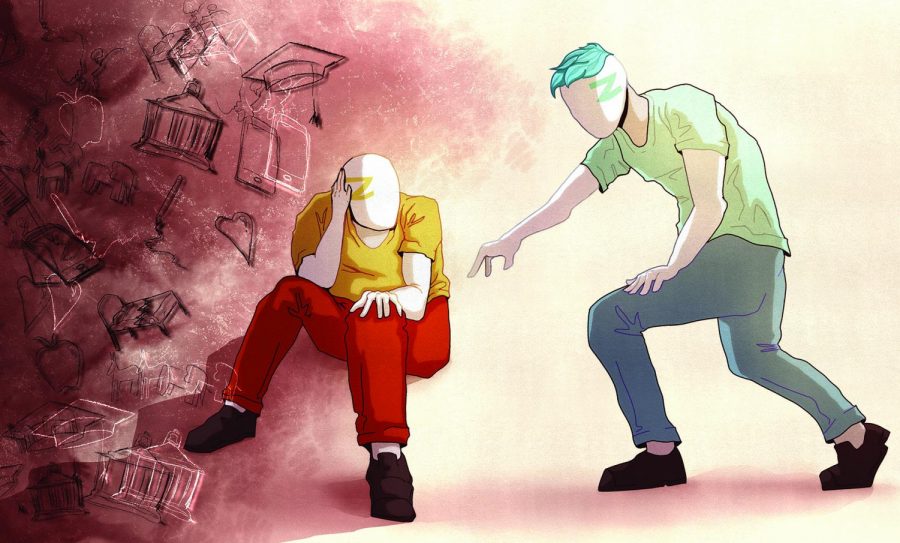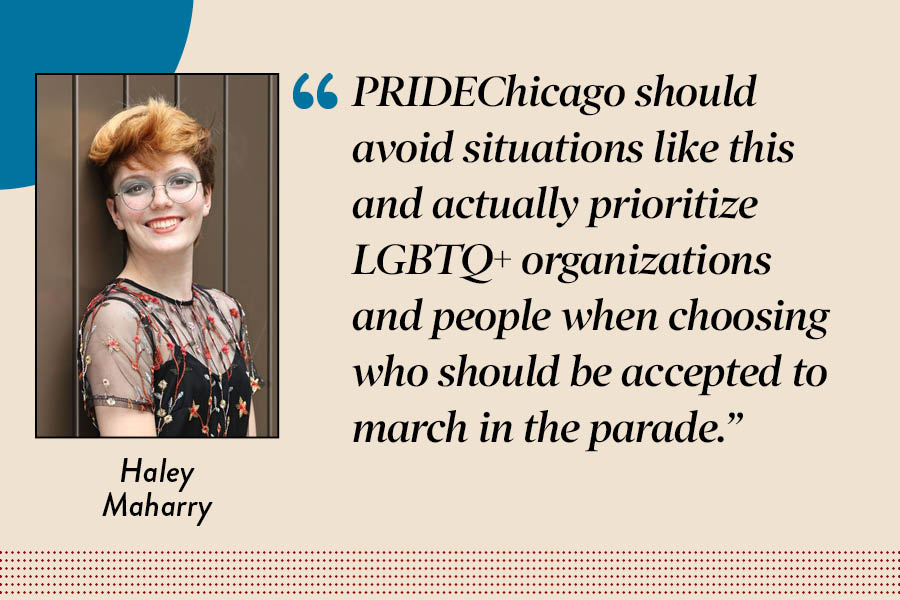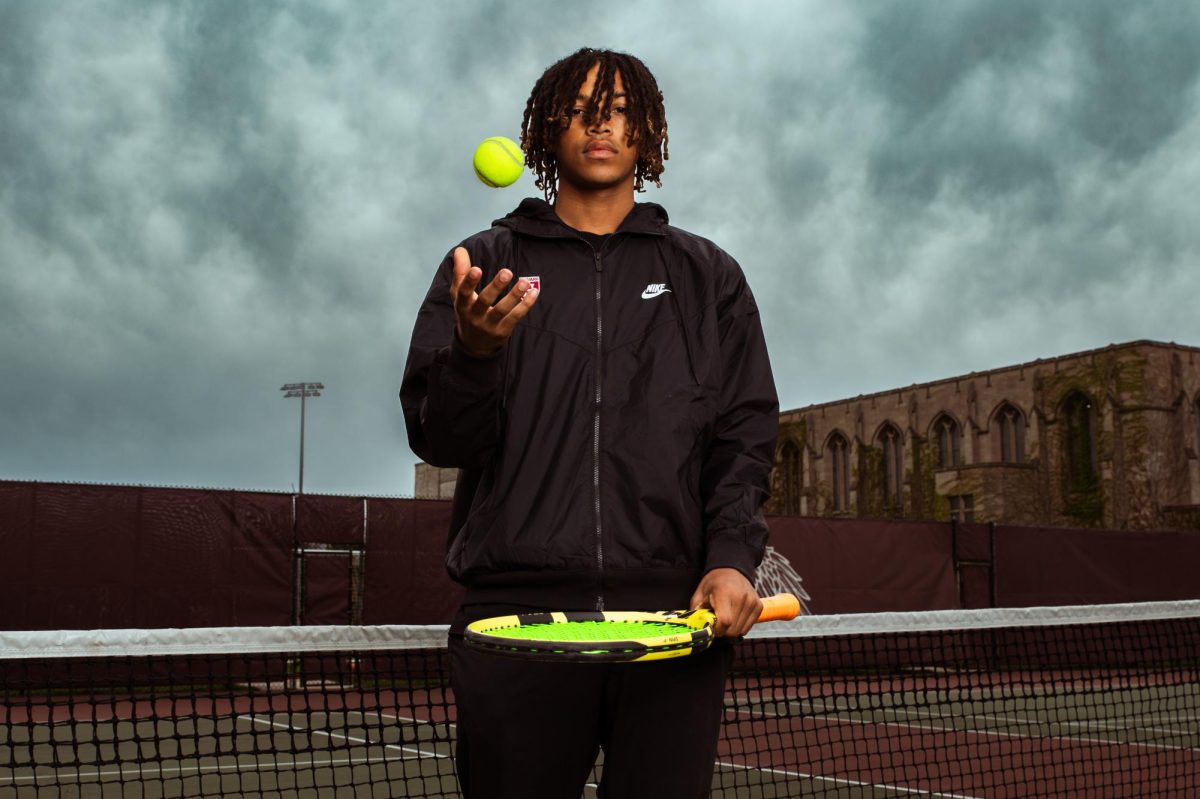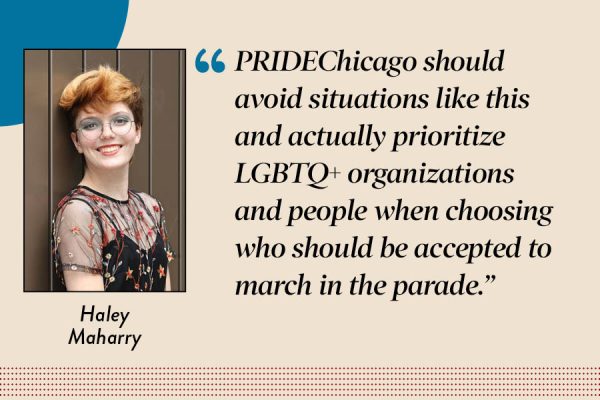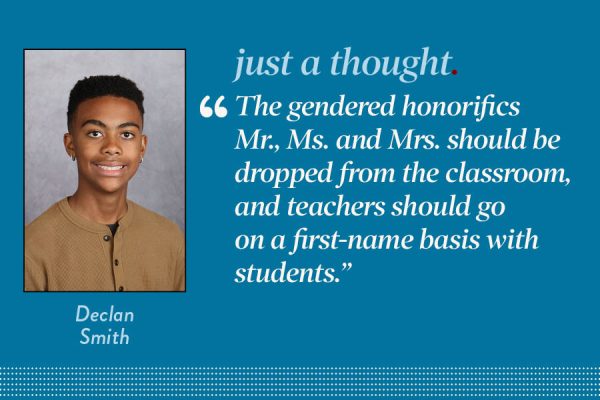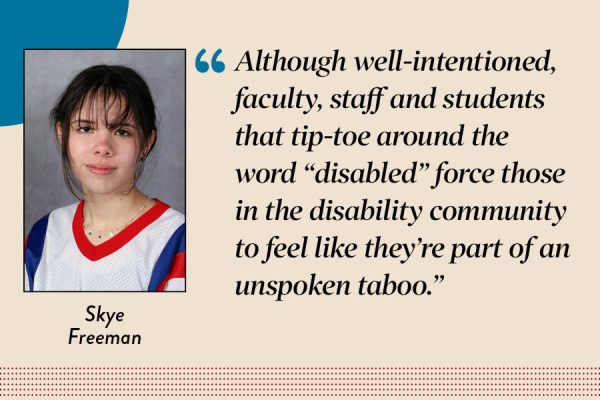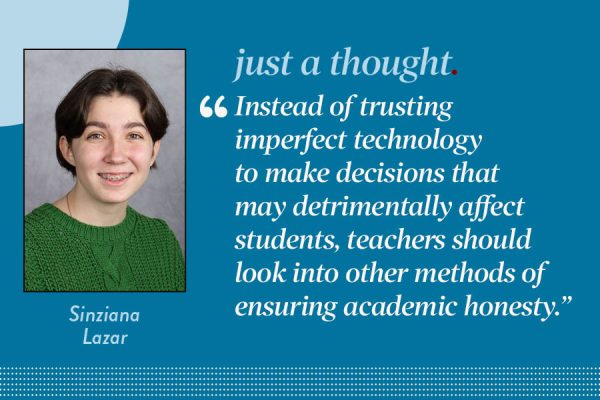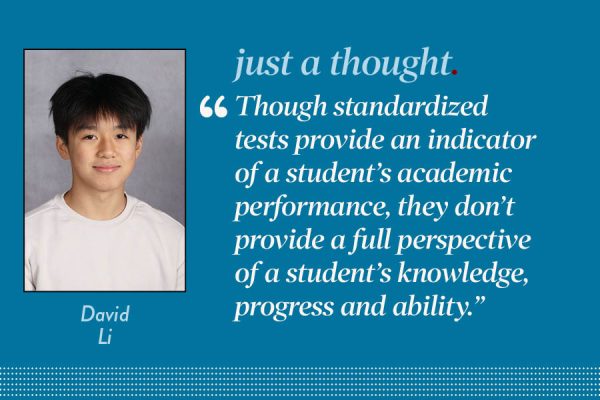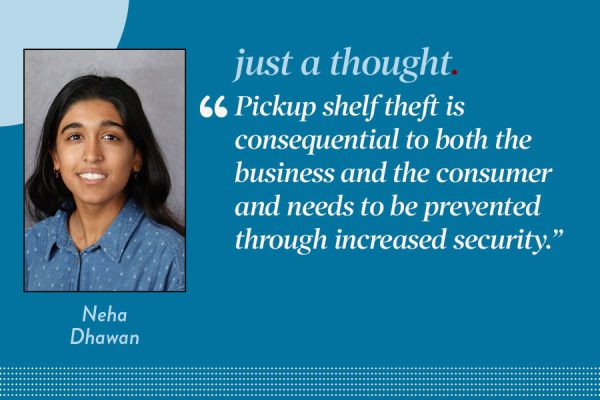Teens: count on your peers
Don’t just rely on adults for support
April 24, 2019
As we scroll through feeds on any social media platform, we are confronted by a variety of information and stressors — political turmoil, technological advances, social pressure, mental illness and more. The constant influence of social media has the effect of magnifying our struggles.
Last year’s health and wellness survey illustrated something the student body has long felt: we struggle with anxiety and depression at rates sometimes double the national average. These conditions can be extremely isolating to students who feel that they have nobody who understands what they are going through.
Social media magnifies our struggles by promoting unrealistic ideals or minimizing our experiences through online reactions. It only makes feelings of isolation worse. Counselors, teachers and parents are a valuable support system, but our age difference can drive a wedge between us. It’s up to us to create positive counter-influences. To address the issues we face, our student body and generation must become our own support network.
Knowing the importance of our presence online, as well as the power of group impact, each student must make a conscious effort to form a support group for our fellow students. This is not isolated to mental health, as students struggle with politics, social interactions, technological changes and life decisions. Instead of being passive or even negative influences, we must foster a reliable community of help and mutual assurance.
This step must be initiated by students. Adults do not have the same understanding, context or experience of the difficulties posed by online interactions and today’s expectations. We are the ones who must step up and make the choice to support each other. This might seem daunting, but all of the tools we need to make this community are ones we already use every day.
Being a positive, supportive influence for our peers can come in many different forms. Students have the resources and abilities to start projects to help each other, whether they are websites, nonprofits, student leadership conferences or peer education. This serves as a clear reminder that students do not need to rely on adults to be healthy individuals together.
These goals are within our reach since U-High has already begun to form a community like this. As a students and an individual of our age group, we must continue this work and create a more compassionate community.



